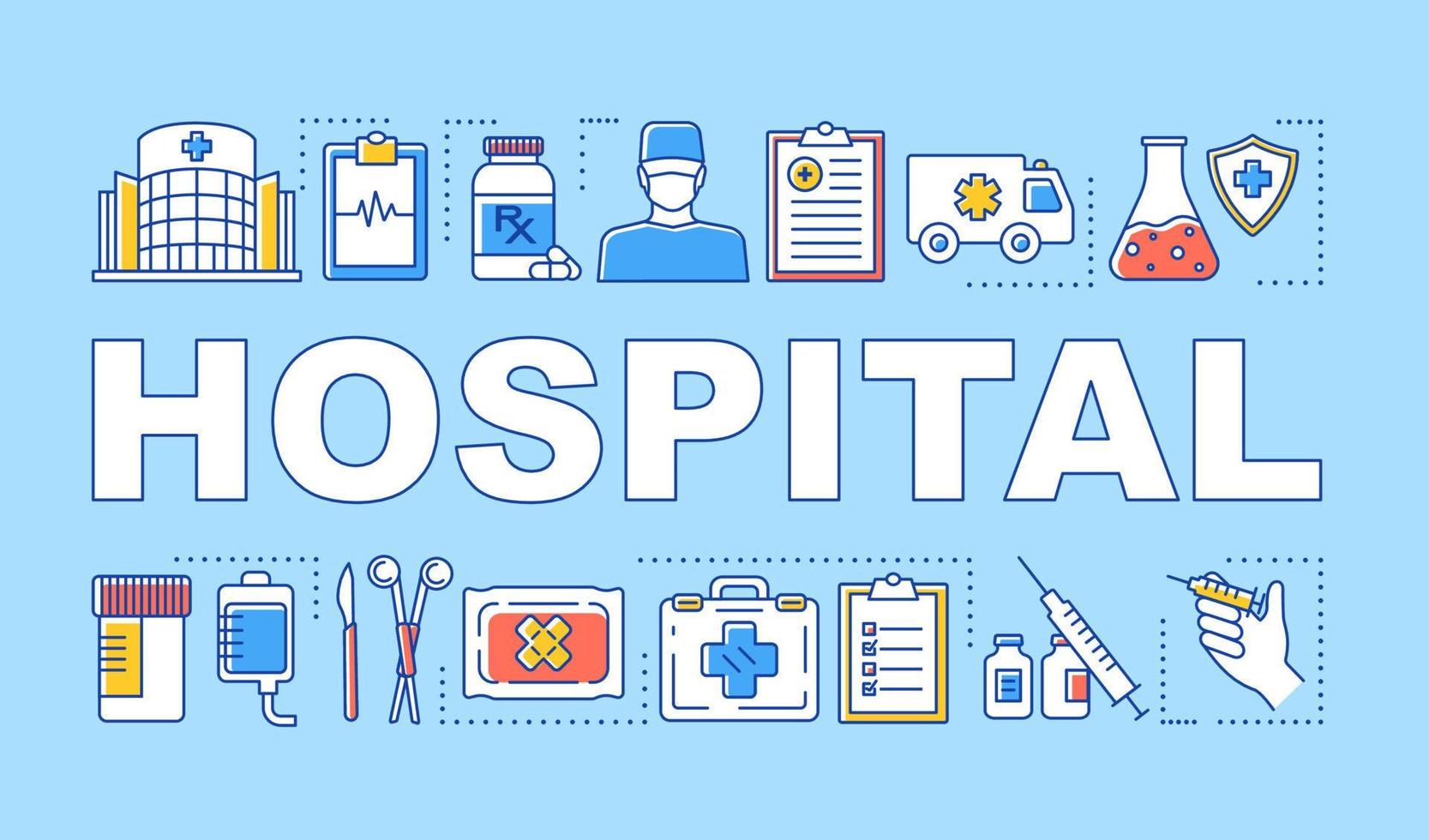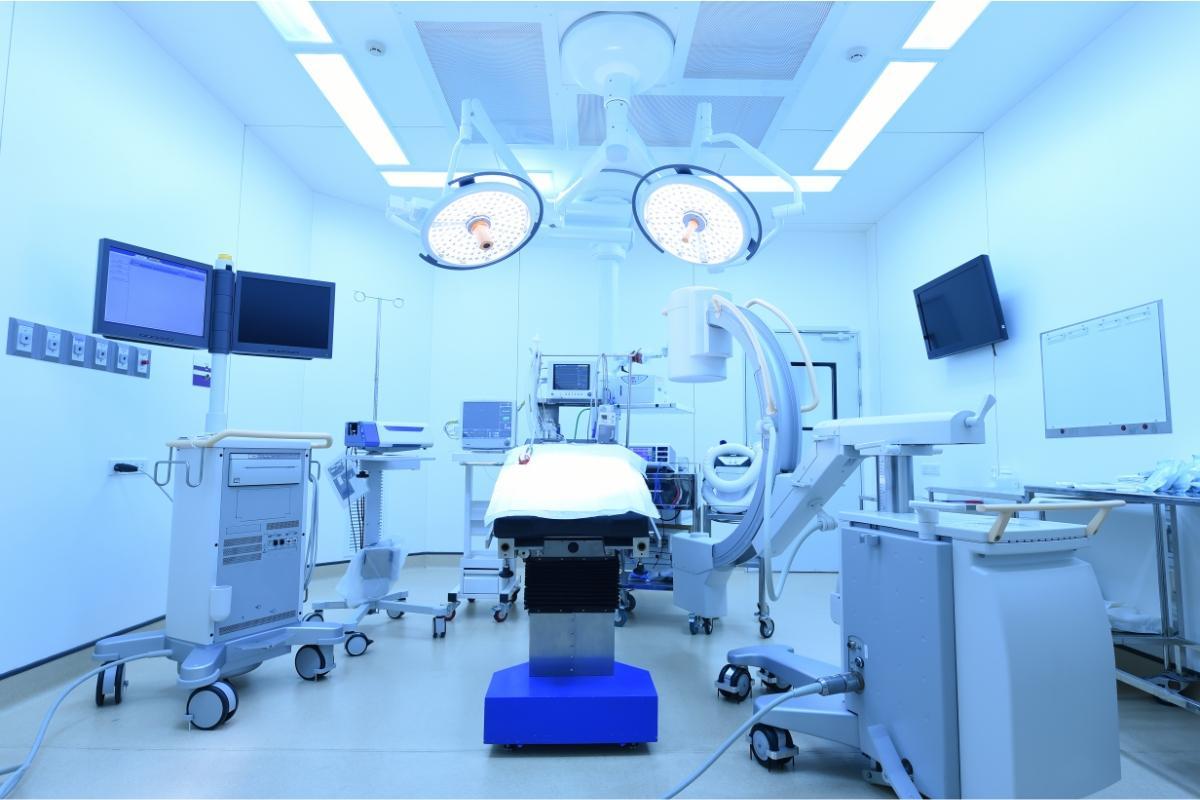Driven by the Following Business Logic and Market Trends:
1. Sustained Market Demand and Growth Potential
– Consumable Nature of Surgical Supplies: High-value consumables (e.g., cardiac stents, artificial joints, staplers) are high-frequency consumables requiring repeated purchases, whereas large medical equipment (e.g., MRI, CT) has long replacement cycles (5-15 years). The recurring demand for consumables provides distributors with more stable cash flow.
– Rise of Minimally Invasive Surgery: The global growth of minimally invasive surgeries (e.g., laparoscopic procedures, endoscopic and interventional therapies) has driven a surge in demand for related high-value consumables (e.g., catheters, staplers, hemostatic materials, biological adhesives). Industry reports indicate that the global high-value consumables market is growing at 6-8% annually, significantly outpacing large equipment (3-4%).
Why More Global Medical Equipment Device Distributors are Shifting to High-Value Medical Surgical Consumables?

Why More Global Medical Equipment Device Distributors are Shifting to High-Value Medical Surgical Consumables?
2. Superior Profit Structure
– Higher Gross Margins: High-value consumables typically offer gross margins of 50-70%, while large equipment, due to intense competition and centralized procurement pressures, often see margins below 30%. The “consumables + services” model (e.g., on-site support, technical training) can also generate additional revenue.
– Supply Chain Flexibility: Consumables have faster inventory turnover, reducing capital pressure compared to equipment costing millions of dollars.
3. Policy and Payment Environment Drivers
– Cost Control Reducing Equipment Purchases: Governments in developed and emerging markets are curbing high-cost equipment procurement through group purchasing organizations (GPOs) or value-based healthcare (VBHC) to lower medical expenses, while clinically essential consumables remain less affected.
– DRG/DIP Adoption: Hospitals increasingly prefer cost-effective consumables over expensive equipment, prompting distributors to adjust product portfolios accordingly.
4. Technological Evolution and Risk Mitigation
– High Risk of Equipment Obsolescence: Rapid technological advancements in large equipment (e.g., AI-powered imaging devices) pose inventory devaluation risks. High-value consumables, however, have more stable technology and longer patent protection (e.g., bioabsorbable stents, premium staplers).
– Bundled Sales Model: Consumables are often paired with equipment (e.g., Da Vinci robotic instruments), enhancing customer loyalty through recurring purchases.
5. Emerging Market Opportunities
– Growing Surgical Volumes: Expanding insurance coverage in countries like China and India is increasing surgical penetration, boosting demand for high-value consumables. For example, China’s orthopedic consumables market is growing at over 15% annually.
– Localization Trends: To bypass tariffs and regulatory barriers, international distributors are establishing joint ventures or local production to reduce costs.

Why More Global Medical Equipment Device Distributors are Shifting to High-Value Medical Surgical Consumables?
6. Asset-Light Business Models
– Lower Financial Burden: Large equipment often requires distributors to provide financing or installment plans, leading to long receivables cycles. Consumables typically operate on cash-on-delivery or short payment terms, reducing financial risks.
– Digital Transformation: Consumable supply chains are more adaptable to digital platforms (e.g., e-commerce, SPD models), aligning with industry efficiency demands.
Case Studies
– Medtronic & Johnson & Johnson: Formerly focused on equipment, these giants have shifted to consumables through acquisitions (e.g., Medtronic’s purchase of Covidien).
– Chinese Distributors: Companies like Realcan Pharma transitioned from equipment to cardiovascular consumables, increasing gross margins by ~20 percentage points.
The core rationale behind distributors’ pivot to high-value consumables lies in risk reduction, profit enhancement, and alignment with clinical trends. This shift reflects the broader healthcare industry’s evolution from “heavy-asset” to “asset-light + high-turnover” models. Moving forward, advancements in precision medicine and same-day surgeries will likely attract further investment into niche consumable segments (e.g., neurointervention, orthopedics, general surgery, ophthalmic materials).
